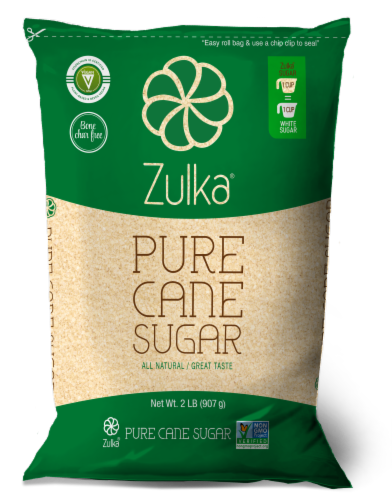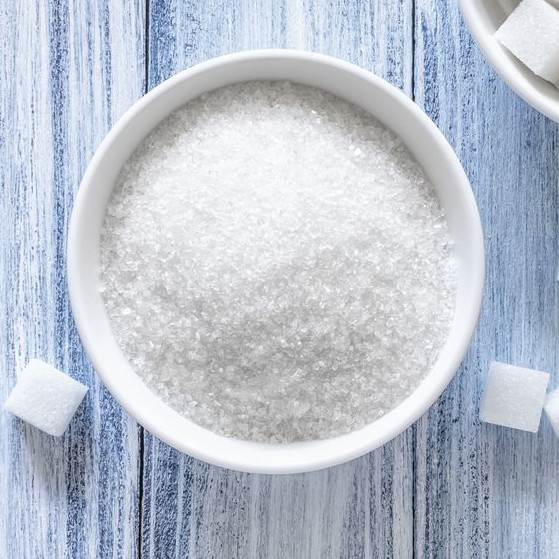Checking Out the Comprehensive Tips Associated With Walking Stick Sugar Processing From Collecting to Refinement
The procedure of walking stick sugar production incorporates a series of detailed steps, starting with the cautious harvesting of sugarcane and finishing in the refinement phases that guarantee the end product satisfies sector requirements. Each phase, from the extraction of juice to the filtration and crystallization procedures, plays a vital function in establishing the high quality and character of the sugar. Recognizing these stages not only highlights the complexity of sugar production yet also increases vital questions regarding performance, sustainability, and development in the sector. What effects do these aspects have for future techniques?
Harvesting Sugarcane
Gathering sugarcane is an important action in the walking stick sugar processing chain, as it directly influences the quality and yield of the final product. Appropriate timing and methods are necessary during this phase to ensure optimal sugar content and minimize losses. Usually, sugarcane is gathered when it reaches maturation, typically 12 to 18 months after planting, characterized by a high sucrose concentration.

Post-harvest, the sugarcane must be processed swiftly to avoid sucrose degradation. Ideally, collected walking cane should be carried to processing facilities within 24-hour to maintain sugar high quality. For that reason, efficient logistical planning is essential to maintain the honesty of the gathered crop throughout the supply chain.
Extraction Process

The smashed walking cane undergoes a series of pressing operations to take full advantage of juice healing. Commonly, warm water is splashed onto the crushed cane, developing a countercurrent flow that helps liquify the sugar while likewise helping in the extraction procedure. The juice gathered from this operation includes not only sugar yet likewise various natural compounds and impurities.

To enhance extraction efficiency, some facilities may employ diffusion methods, where the sugarcane is soaked in warm water, permitting the soluble sugars to diffuse right into the fluid. The resulting juice, abundant in sucrose, is after that routed to succeeding handling stages, laying the foundation for purification and refinement. The extraction procedure is hence critical in identifying the high quality and yield of the final sugar product.
Filtration Techniques
The filtration techniques used in walking cane sugar handling are crucial for changing the raw juice right into a top notch sugar item. These approaches mostly aim to eliminate pollutants, such as soil, plant materials, and not natural materials, which can negatively impact the final product's taste and shade.
This procedure includes including lime and warm to the raw juice, which helps with the coagulation of contaminations. In addition, the usage of phosphoric acid can enhance the explanation process by more binding pollutants.
Another substantial strategy is carbonatation, where carbon dioxide is presented to the cleared up juice. This response produces calcium carbonate, which records staying impurities and advertises their removal.
Moreover, activated carbon therapy may be applied to adsorb any kind of staying colorants and natural impurities, ensuring a much more refined item. The combination of these methods effectively prepares the sugar juice for subsequent action in the refining process, establishing the phase for the production of top quality walking cane sugar.
Crystallization Techniques
After the filtration phase, the following important action in cane sugar processing includes crystallization techniques, which play a crucial role in transforming the cleared up juice right into solid sugar. This process commonly employs two main techniques: spontaneous formation and controlled formation.
In spontaneous condensation, supersaturated sugar services are enabled to cool naturally, leading to the development of sugar crystals over time. This method allows for the consistent development of sugar crystals and greater purity.
During crystallization, the cleared up juice is concentrated through evaporation, increasing its sugar content until it gets to supersaturation. When this factor is accomplished, either method can promote the formation procedure. Cane Sugar Processing. The resultant sugar crystals are after that divided from the staying syrup with centrifugation
Eventually, the option of crystallization technique impacts the top quality, dimension, look these up and purity of the final sugar product, making this step essential in the overall walking cane sugar processing treatment.
Refinement and Product Packaging
How can the pureness and top quality of walking stick sugar be better enhanced after crystallization? The improvement process plays a vital role in accomplishing high-quality walking stick sugar.
Next, the sugar goes through a procedure called centrifugation, where it is spun at high rates to divide the purified sugar crystals from the continuing to be liquid. After centrifugation, the sugar is frequently further fine-tuned through an approach called carbonization or phosphatation, which webpage uses activated carbon or phosphoric acid to remove shade and off-flavors.
Once refined, the sugar is dried to achieve the preferred dampness web content, guaranteeing that it stays secure during storage and transportation. The final step includes packaging the polished sugar in closed and moisture-proof containers to preserve its top quality and protect against contamination. Cane Sugar Processing. Proper packaging not only extends service life yet also promotes very easy handling and circulation, making sure that customers obtain sugar that fulfills the highest possible criteria of pureness and top quality
Final Thought
The thorough actions entailed in walking cane sugar handling, from the careful harvesting of sugarcane to the complex refinement and packaging stages, underscore the importance of each stage in making certain top quality sugar production. Optimal harvesting techniques, reliable removal techniques, and rigorous purification procedures jointly add to the last product's purity and security. The formation and succeeding product packaging techniques additionally improve the integrity and life span of the sugar, highlighting the intricacy and precision fundamental in this necessary agricultural industry.
The procedure of walking cane sugar manufacturing includes a collection of complex steps, starting with the mindful harvesting of sugarcane and culminating in the refinement phases that make certain the final item fulfills market standards. Preferably, gathered walking stick should be transported to refining centers within 24 hours to preserve sugar quality.In spontaneous crystallization, supersaturated sugar options are enabled to cool naturally, leading to the development of sugar crystals over time - Cane Sugar Processing. The improvement procedure plays a vital role in attaining high-grade walking stick sugar.The extensive actions included in walking cane sugar processing, from the thorough harvesting of sugarcane go to this website to the elaborate improvement and packaging phases, underscore the relevance of each phase in making sure top quality sugar manufacturing
Comments on “Cane Sugar Processing: From Field to Table-- A Step-by-Step Guide”